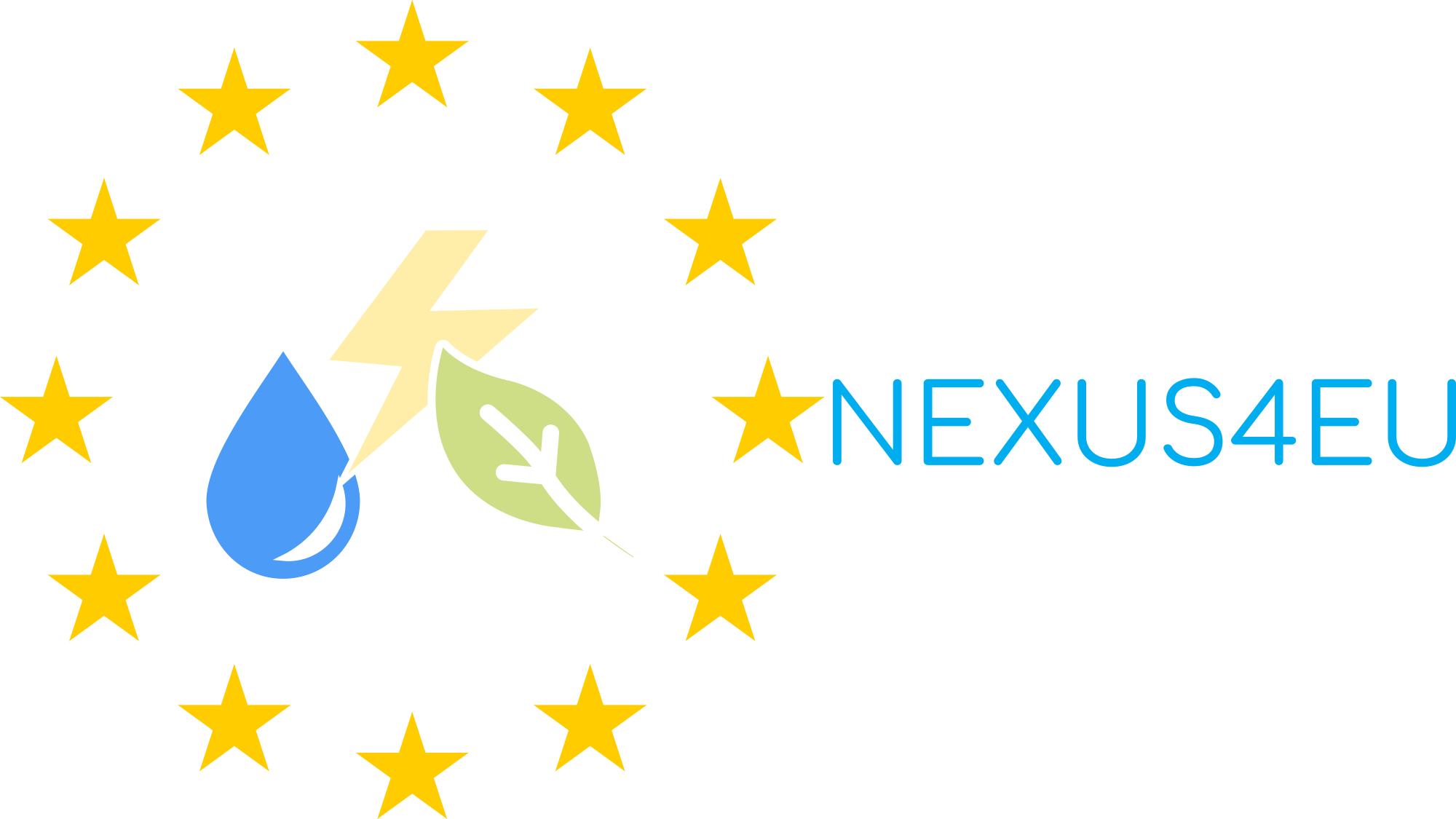An integrative model of the energy-water-environmental nexus for prospective energy systems
NEXUS4EU

Project information
Project duration
-
Funded by
Research Council of Finland - Postdoctoral Researcher
Project funder
Funding amount
247 210 EUR
Project coordinator
University of Oulu
Unit and faculty
Contact information
Project leader
Project description
The water-energy-climate nexus system aims at finding the trade-offs between different resources and find a balance to a multifaceted problem, through the inter-linkage of these resources. Large concerns arise regarding global warming and actions that society should undertake to tackle this issue. Current research and legislation focus on a limited number of indicators to answer the need to reduce our emissions while maintaining a prosperous economy. Further, these indicators are taken individually which consequently include the inter-relation that acting on one indicator’s effect may have on another one. The latest advancement suggests that the problem may require a Nexus approach to capture the interlinkage of the resources in a sustainable way. This project aims at integrating the Nexus approach in a prospective energy modelling tool. It shall cover the power and heat networks as the concept of smart energy network links them together, alongside with their appropriate storage solutions. The Prospective Outlook for Long-term Energy Systems model is used for modelling the future needs and energy mix, while the EUTGRID model will simulate with an hourly resolution the electricity production and transmission line requirements for supporting decarbonisation policies and satisfy technical constraints on the network. District heating network will be integrated into the model using the EnergyPLAN MatLab toolbox, which can easily be coupled with the optimisation software GAMS. To better integrate the needs in heat demand, the use of hourly future temperature variation, up to 2050, will be gathered for different European regions using the CLIM4ENERGY project’s data. Environmental information is modelled through the EcoInvent 3.4 database and characterised to serve the Nexus needs. Ultimately, the model shall demonstrate that it a change of paradigm will benefit the environment and improve quality of life by considering economic constraints. Scientifically, this project is highly ambitious as it is the first time that multiple criteria are combined to form a single objective in prospective energy models. Thus, this project represents a major step towards a more sustainable society by answering the call from the IPCC scientists to act for limiting global warming and limiting the impact on other environmental aspect such as water, raw materials (especially critical materials), and land use, but also maintaining economic growth.
Research groups
- Hietaharju, Petri; Pulkkinen, Jari; Ruusunen, Mika; Louis, Jean-Nicolas (2021) A stochastic dynamic building stock model for determining long-term district heating demand under future climate change. - Applied energy 295, 116962 . [Original] [Self-archived]
- Pulkkinen, Jari; Louis, Jean-Nicolas (2021) Near- and medium-term hourly morphed mean and extreme future temperature datasets for Jyväskylä, Finland, for building thermal energy demand simulations. - Data in brief 37, 107209 [Original] [Self-archived]
-
Dataset of future district heating energy demand in a Finnish municipality - Zenodo


